On May 15, 2024, NASA’s Landsat 9 satellite captured a striking image of Clear Lake in Northern California, revealing the lake’s brilliant green color visible from space. This vivid discoloration is caused by a massive algae bloom.
The image quickly gained attention, prompting discussions about the lake’s ecological health. The satellite’s ability to capture such detailed imagery from space is a testament to the advancement of remote sensing technology.
The Oldest Lake in North America

Did you know that at an estimated age of 500,000 years, Clear Lake is considered the oldest lake in North America? It spans an impressive 68 square miles, making it the largest natural lake in California.
This ancient body of water supports a diverse ecosystem, including numerous bird species like pelicans and bald eagles. The lake’s longevity has allowed for the development of a complex aquatic environment.
Recurring Algae Blooms: A Familiar Sight

Clear Lake is no stranger to significant algae blooms, as its warm, shallow waters provide an ideal breeding ground for these organisms. The blooms have been a frequent occurrence, raising concerns among environmental agencies and local communities.
In recent years, Clear Lake has averaged three major algae blooms yearly. Increased bloom severity and frequency over time likely stems from climate change and excess nutrient runoff.
The Role of Cyanobacteria
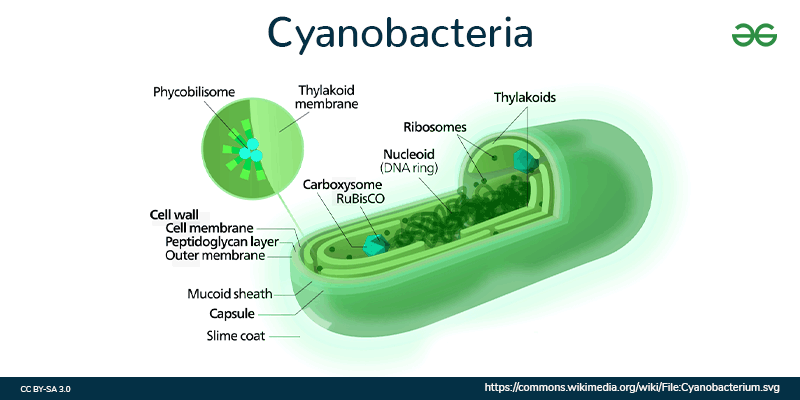
NASA suggests that the bright green hue observed in Clear Lake is primarily caused by cyanobacteria, also known as blue-green algae. Cyanobacteria, along with other phytoplankton, contribute to the lake’s striking coloration visible from space.
Cyanobacteria thrive in nutrient-rich waters and can produce harmful toxins. The ability of cyanobacteria to multiply rapidly and form dense blooms exacerbates the problem.
Nutrient Overload: A Catalyst for Bloom
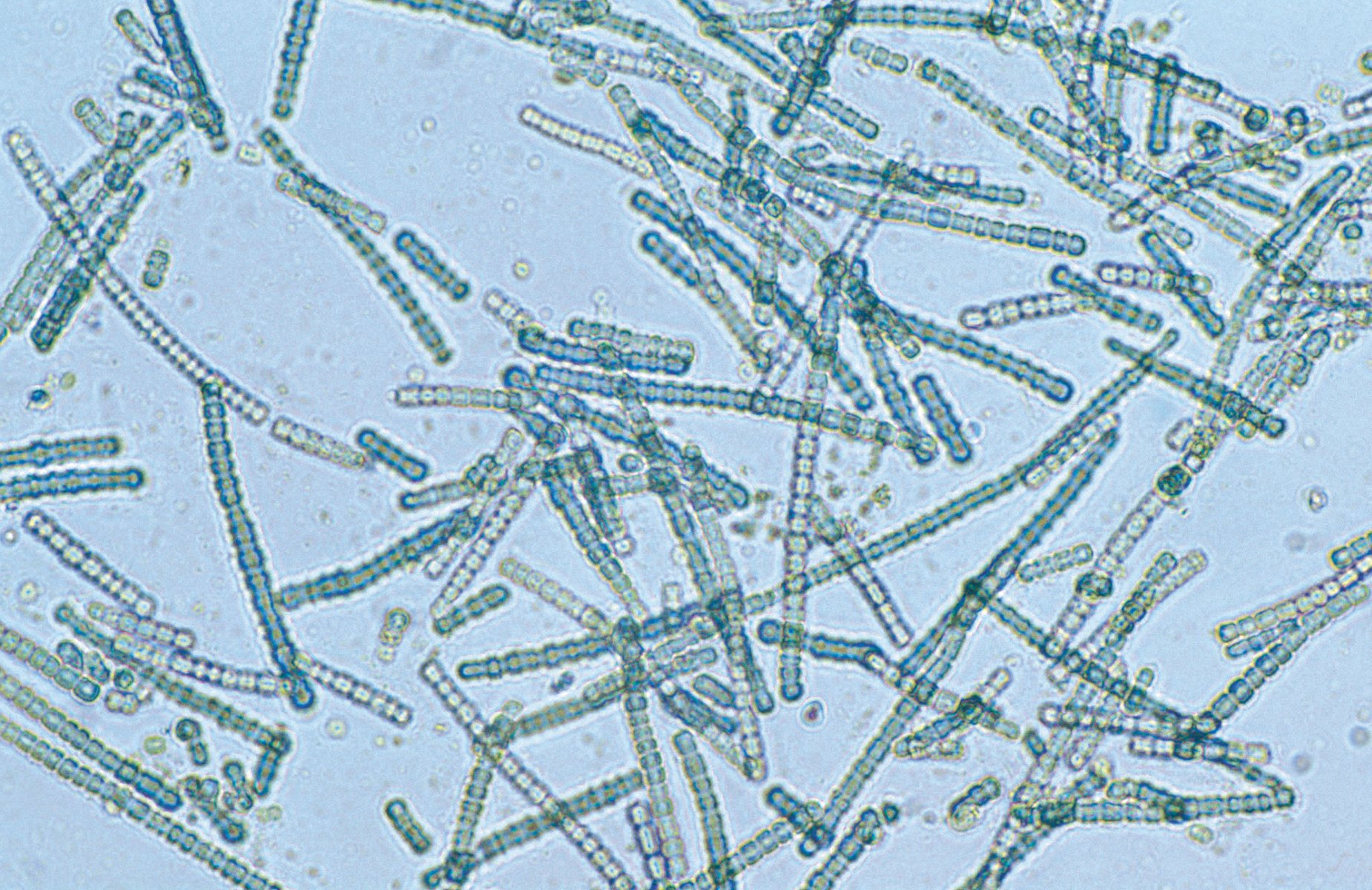
Excess nutrients from agricultural runoff and other human activities are the primary drivers of harmful algal blooms (HABs) in Clear Lake. According to a recent study by the University of California, Davis, the lake receives an estimated 1.2 million pounds of nitrogen.
They also found 175,000 pounds of phosphorus annually from surrounding agricultural operations and residential areas. These nutrient levels promote the excessive growth of algae, leading to the formation of harmful blooms.
Dangerous Toxins: A Health Hazard
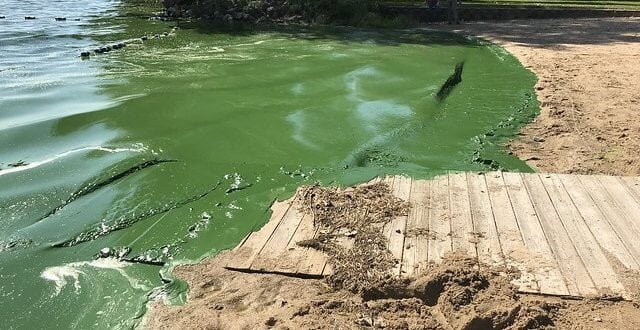
How can we ensure the safety of those who depend on the lake for recreation and livelihood? Strict monitoring and public awareness campaigns are crucial to prevent exposure to these toxins.
Some of the algae present in Clear Lake produce toxins like microcystin, which can have severe consequences for humans and wildlife. Microcystin can cause skin irritation, liver damage, and kidney failure if ingested in large quantities.
Aquatic Life at Risk
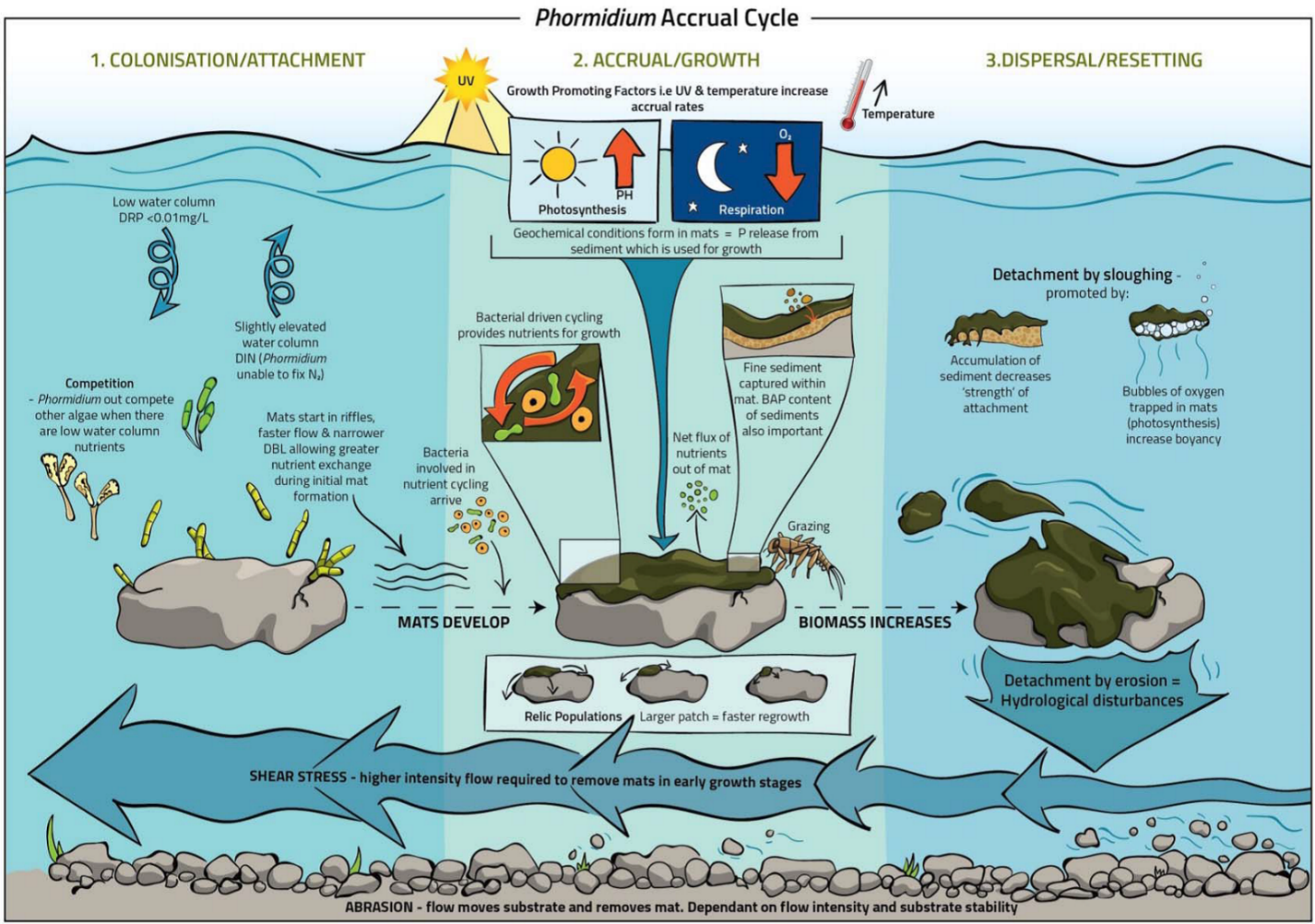
Algal blooms can significantly impact aquatic life by depleting dissolved oxygen levels in the water, creating a hostile environment for fish and invertebrates. Officials reported a significant die-off of several species during the 2021 bloom.
The 2021 bloom caused a massive die-off, including thousands of bass and crappie. This threatens Clear Lake’s diverse ecosystem, with cascading effects disrupting the delicate food chain balance.
A Historical Perspective

Lake County officials say blue-green algae blooms occurred in Clear Lake since the last ice age 10,000 years ago. While algae contribute to the lake’s natural fertility and food chain, excessive blooms create problems.
The blooms have reached harmful levels in recent years. Understanding this historical context guides effective management strategy development.
Ecological and Economic Impacts
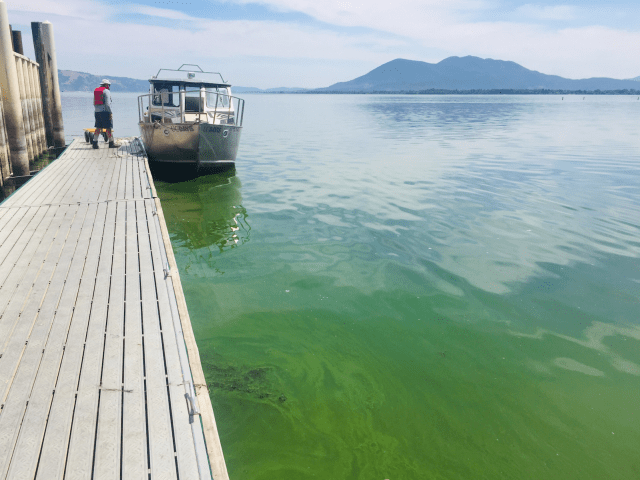
Algal blooms significantly impact Clear Lake’s ecology and recreation. During blooms, water activities like swimming and fishing are inadvisable due to health risks.
The visual blight deters visitors, negatively affecting tourism for the lake’s recreation-reliant economy. Local businesses and communities face substantial economic costs from algal blooms.
A Global Issue Requiring Collective Action

Clear Lake’s algal bloom challenges aren’t unique. Similar issues affect Lake Erie, Lake Winnipeg, and Lake Okeechobee. Warm temperatures and nutrient runoff from agriculture/urban areas cause severe blooms in these lakes too.
As climate change progresses and nutrients increase, global bloom frequency is expected to rise. International cooperation and knowledge-sharing are needed to address this environmental issue.


